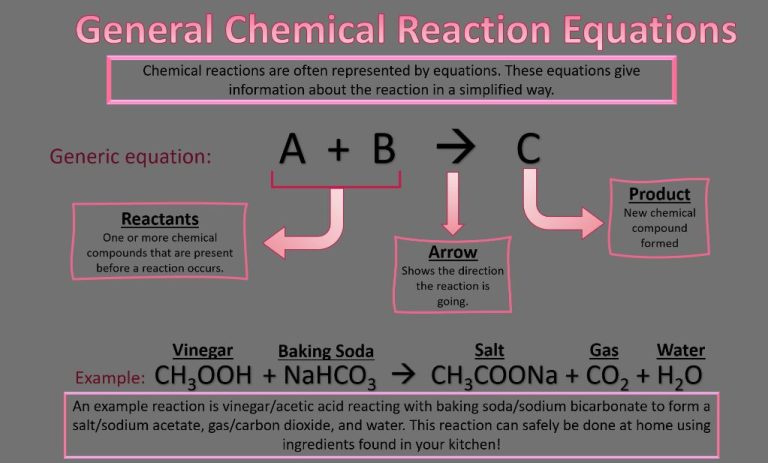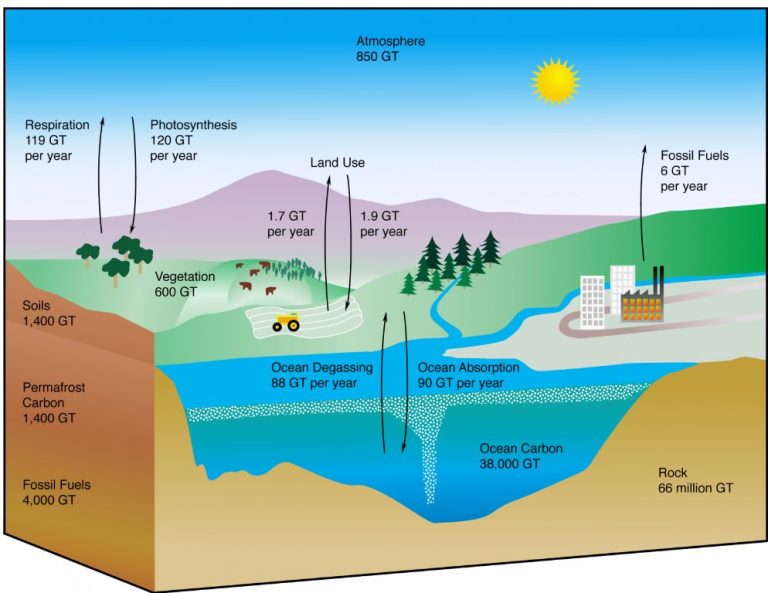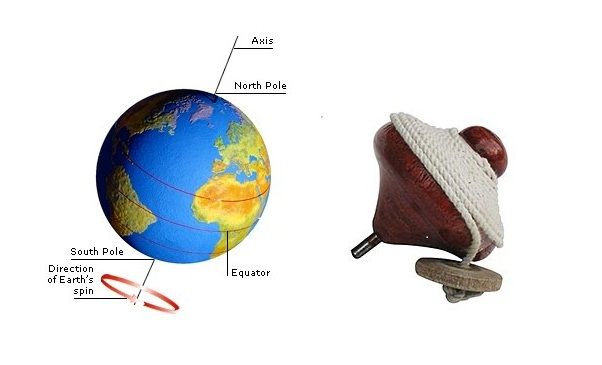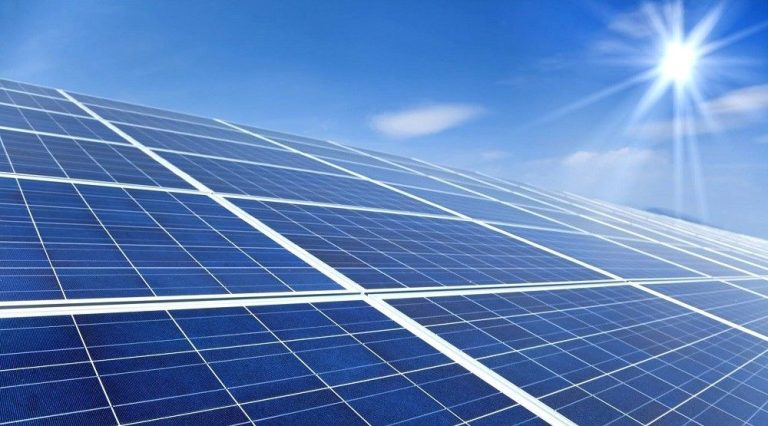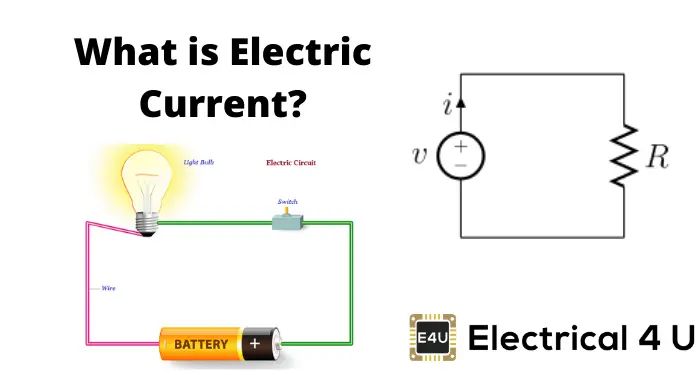Is 1 Kilowatt-Hour A Lot?
What is a kilowatt-hour?
A kilowatt-hour (kWh) is a unit of energy that represents the amount of electricity used by a power of one kilowatt for one hour. For example, a 100-watt light bulb used for 10 hours consumes 1 kWh of electricity (100 watts x 10 hours / 1000 watts per kilowatt = 1 kWh).
Kilowatt-hours are the standard billing unit used by utility companies to charge for electricity consumption. Your monthly electricity statement shows the kWh usage for the billing period along with the rate per kWh to calculate the total amount owed.
So in summary, a kilowatt-hour is a unit of energy that measures electricity usage over time. It represents the amount of energy consumed rather than the rate of consumption (kilowatts).
Typical household electricity usage
The average US household uses 893 kilowatt-hours (kWh) of electricity per month. This amounts to about 30 kWh of energy used per day. However, electricity consumption can vary widely depending on several factors:
House and family size: Larger homes with more residents will use more electricity for lighting, appliances, heating/cooling, etc. An average 2-3 bedroom single family home uses 10,649 kWh per year, while an apartment or condo averages 4,051 kWh per year.
Climate and weather: Heating and cooling energy needs are much higher in extreme weather climates. Air conditioning in hot southern states can more than double summer electricity usage. Heating bills in cold northern winters also drive consumption.
Appliance usage: Homes with large appliances like refrigerators, dishwashers, washing machines and entertainment systems consume much more electricity. Energy efficient appliances can curb usage.
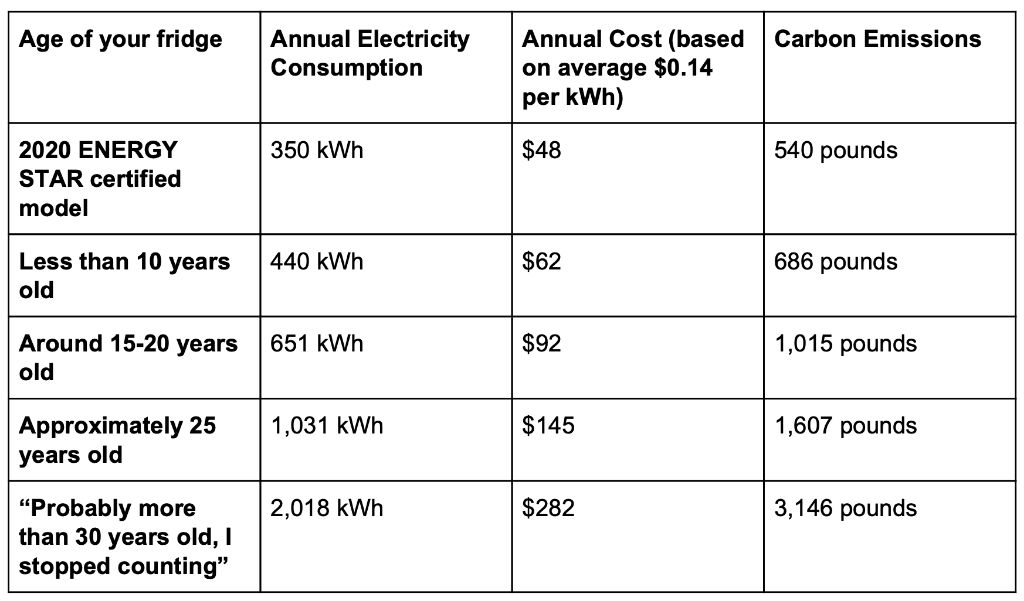
Lighting: Over 10% of a home’s energy use goes towards lighting. Switching to LED bulbs can dramatically reduce lighting electricity needs.
Personal habits: Simple things like turning off lights, shorter showers, line drying clothes, using appliances efficiently and setting thermostats a few degrees higher or lower can greatly reduce a household’s energy footprint.
Appliance Electricity Consumption
Electricity use varies widely between common household appliances. Here are some examples of typical consumption per hour:
- Refrigerator – 0.6 kWh
- Clothes dryer – 3-5 kWh
- Dishwasher – 1.2 kWh
- Microwave oven – 1.5 kWh
- LED light bulb – 0.012 kWh
- Incandescent light bulb – 0.06 kWh
High electricity appliances like clothes dryers, electric ovens, and air conditioners can use 3-5 times more power than low electricity appliances like LED lights, laptops, and phone chargers. Choosing energy efficient appliances makes a significant difference in electricity consumption.
Electric Vehicle Charging Usage
Electric vehicles (EVs) require a significant amount of electricity to charge the battery from empty to full. Most modern EVs have battery capacities between 50-100 kWh. Charging an EV with a 100 kWh battery to full from empty would require 100 kilowatt-hours of electricity.
The time it takes to fully charge an EV depends on the type of charger used. Level 1 chargers provide 2-5 miles of range per hour of charging. Level 2 chargers are faster, providing 10-25 miles per hour. DC fast chargers are the fastest option, adding 60-200 miles of range in 15-30 minutes. So fully recharging a 300 mile EV battery from empty could take over 24 hours with a Level 1 charger or as little as 1 hour at a DC fast charging station.
Industrial and commercial usage
Businesses and industries use significant amounts of electricity to power facilities, machinery, and equipment. For example, an industrial facility like a food processing plant may use hundreds or even thousands of kilowatt-hours per day to operate refrigeration systems, conveyor belts, packaging equipment, and other processes. A mid-size office building may consume 500-1,000 kWh daily for lighting, heating/cooling, elevators, and electronics.
Compared to a typical household usage of 30 kWh per day, commercial and industrial operations require exponentially more electricity to function. While an average home may use around 10,000 kWh annually, a large factory or office complex can use over 1 million kWh per year. This massive difference highlights the scale and energy intensity of industrial and business activity compared to residential needs.
Electricity Prices
The average price per kilowatt-hour (kWh) for electricity in the United States ranges widely across states, from a low of around 7 cents in Louisiana to a high of over 30 cents in Hawaii. There are several factors that influence electricity rates, including the primary energy sources used for generation, infrastructure costs, state and local regulations, and climate.
Fossil fuels like coal and natural gas are generally the cheapest fuels for electricity production, so states that rely heavily on these sources tend to have lower average electricity prices. States with more renewable energy sources like solar and wind often have higher rates since those technologies currently cost more. Transmission infrastructure and distribution costs also factor into electricity pricing.
Electricity usage patterns also impact rates. Since utilities have to size their infrastructure to meet peak demand periods, areas with major seasonal usage spikes will generally have higher prices than those with more consistent year-round demand. Rates also tend to be higher in warmer climates that require more electricity for cooling.
Higher electricity prices provide an incentive for consumers to conserve energy and make efficiency improvements. People who live in states with inexpensive electricity rates often use more electricity than those accustomed to higher prices per kWh. Understanding electricity pricing is important for homeowners and businesses to manage costs.
Saving electricity
There are many ways households and businesses can reduce their kWh usage and save on electricity costs. Here are some tips:
-
Replace incandescent light bulbs with LEDs – LEDs use up to 80% less power.
-
Use energy efficient appliances – Look for the Energy Star label when buying new appliances.
-
Adjust the thermostat – Set it lower in winter and higher in summer to use less energy.
-
Unplug devices when not in use – Chargers and electronics in standby mode still draw power.
-
Use power strips – Turn off multiple devices easily by plugging into power strips.
-
Seal air leaks – Caulk and weatherstrip to prevent heat or cool air escaping.
-
Add insulation – Stop heat transfer through walls, attics and basements.
-
Use shades and awnings – Reduce heat from sunlight during summer.
-
Limit hot water use – Take shorter showers and use cold water when possible.
Saving electricity has many benefits:
-
Spend less on utility bills each month.
-
Reduce your environmental impact.
-
Prolong the life of appliances by not overworking them.
-
Increase home or business energy efficiency.
-
Save money for other priorities and expenses.
Environmental impact
Each kilowatt-hour of electricity generated leads to carbon emissions that contribute to climate change and global warming. The exact emissions depend on the energy sources used, but the average is around 1 pound of carbon dioxide per kWh in the United States. Other emissions like sulfur dioxide, nitrogen oxides, mercury, and particulates also result.
By reducing electricity usage and conserving each kilowatt-hour, individuals and businesses can lower their carbon footprint and environmental impact. Widespread energy efficiency and conservation is crucial for meeting emissions reduction targets. Even small reductions per home or device can add up to substantial savings over time across large populations. Greener energy choices also help by supporting renewable sources like wind and solar over fossil fuels.
Smart Meters
Smart meters are the next generation of energy meters that provide two-way communication between your home and your utility company. Unlike traditional meters that only measure total energy use, smart meters can track how much electricity is used in kilowatt-hours and when it’s used. This allows both you and your utility provider to monitor electricity consumption habits in more detail.
There are several benefits to monitoring your kWh usage with a smart meter:
- You can identify high energy appliances and devices.
- You can shift usage to off-peak times to save money.
- You can set energy budgets and alerts.
- Utilities can better manage demand and avoid brownouts.
- Outages can be detected faster.
By tracking kWh usage patterns, smart meters enable consumers to take control of their electricity costs while also allowing utilities to balance the grid more efficiently. The data empowers both parties with the insights needed to optimize energy consumption and conservation.
Key takeaways
To summarize, 1 kilowatt-hour represents a moderate amount of electricity usage for a home appliance or device. The average U.S. household consumes about 900 kWh per month. Many common household appliances like refrigerators, clothes washers and LED lightbulbs use well under 1 kWh for a typical cycle or daily usage. Devices like space heaters, electric water heaters and air conditioners can use several kWh in a day. Electric vehicle charging sessions require 10-20 kWh or more depending on battery size and charge level. Overall, 1 kWh is not a negligible amount of electricity but also not an extremely large quantity in the context of residential consumption. Considering typical electricity prices, 1 kWh costs around 10-20 cents for the average homeowner. With conscious usage habits and energy efficient appliances, homeowners can avoid wasting kWh and minimize energy costs.

